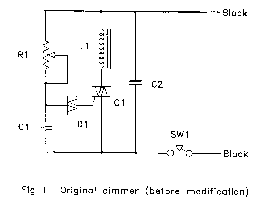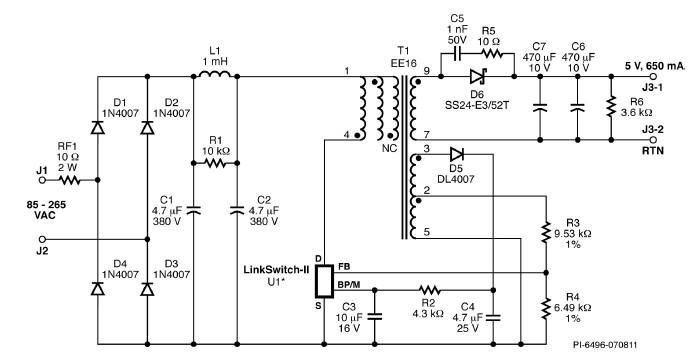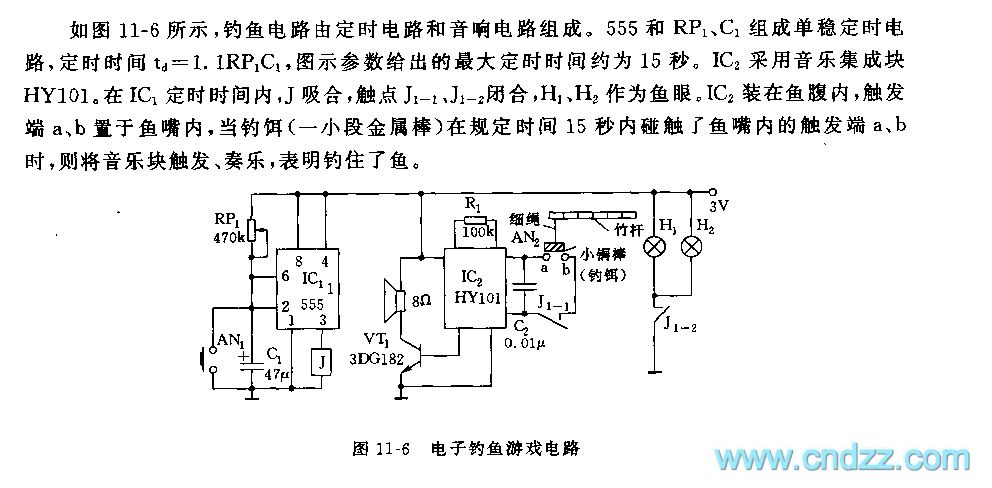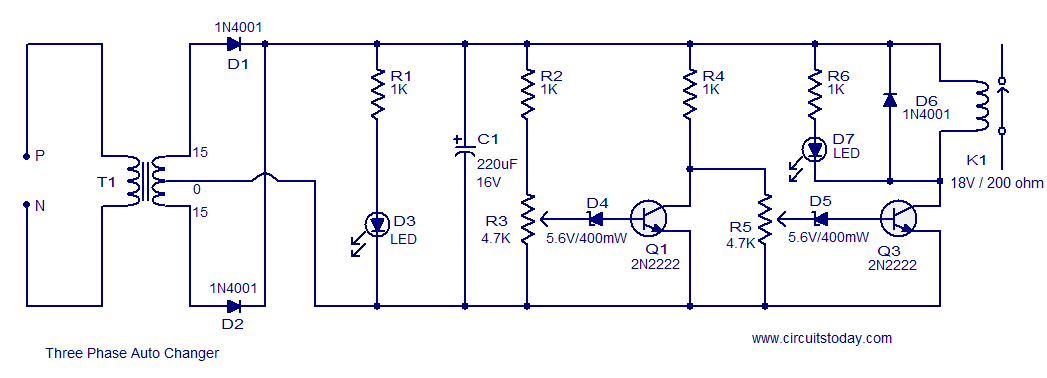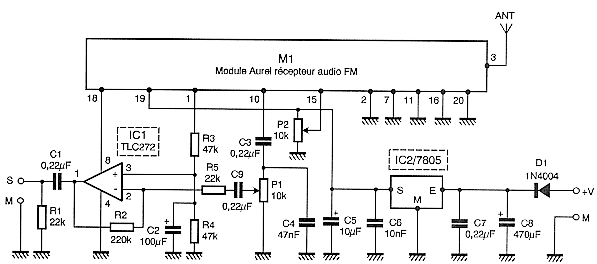
12V to 220V converter circuit
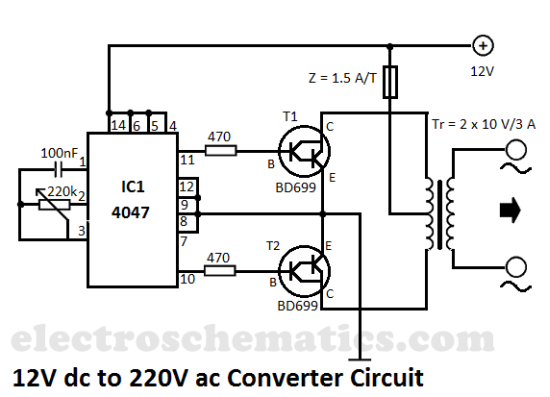
This DIY 12V to 220V voltage converter is built with a CMOS 4047, which serves as the main component for transforming 12V DC into 220V AC. The 4047 operates as an astable multivibrator, generating a symmetrical rectangular signal at pins 10 and 11. This signal is amplified by two Darlington transistors before reaching the secondary coil of a mains transformer (2x10V / 60VA). The output frequency can be adjusted between 50Hz and 400Hz using potentiometer P1. While this setup is not part of any professional DC to AC converters, it can be effectively utilized for some home appliances.
The described DIY voltage converter employs a CMOS 4047 integrated circuit, which is pivotal in generating a square wave output necessary for AC voltage generation. The astable multivibrator configuration of the 4047 allows continuous oscillation, producing a rectangular waveform at the designated output pins. The frequency of this waveform can be fine-tuned using potentiometer P1, providing flexibility to accommodate different types of AC loads.
The signal output from the 4047 is then amplified by two Darlington transistor pairs. These transistors are configured to increase the current capacity of the signal to drive the transformer effectively. The use of Darlington pairs is advantageous due to their high current gain, which allows for efficient signal amplification without requiring high input current.
The transformer used in this circuit is rated at 2x10V and 60VA, which means it can handle a maximum load of 60 watts. This transformer steps up the 12V AC signal generated by the circuit to the desired 220V AC output, suitable for powering various household appliances. The design incorporates safety considerations by ensuring that the transformer is capable of isolating the high voltage output from the low voltage input, minimizing the risk of electrical hazards.
In conclusion, while this DIY voltage converter may not meet the standards of professional-grade DC to AC converters, it serves as a practical solution for specific applications where low power AC is needed. The ability to adjust the output frequency further enhances its versatility, allowing users to tailor the output to the requirements of different devices.This DIY 12V to 220V voltage converter is build with CMOS 4047 that is the main component of this small voltage converter that transforms a12V DC into 220V AC. 4047 is used as a astable mutivibrator, at pins 10 and 11 will have a symmetrical rectangular signal wich is amplified b 2 Darlington transistors and finally reach the secondary coil of mai
ns transformer ( 2x10V / 60VA ). With the help of P1 the output frequency can be adjusted between 50Hz to 400Hz. Although this is not part of any professional dc ac converters it can be used quite effective on some home appliances. 🔗 External reference
The described DIY voltage converter employs a CMOS 4047 integrated circuit, which is pivotal in generating a square wave output necessary for AC voltage generation. The astable multivibrator configuration of the 4047 allows continuous oscillation, producing a rectangular waveform at the designated output pins. The frequency of this waveform can be fine-tuned using potentiometer P1, providing flexibility to accommodate different types of AC loads.
The signal output from the 4047 is then amplified by two Darlington transistor pairs. These transistors are configured to increase the current capacity of the signal to drive the transformer effectively. The use of Darlington pairs is advantageous due to their high current gain, which allows for efficient signal amplification without requiring high input current.
The transformer used in this circuit is rated at 2x10V and 60VA, which means it can handle a maximum load of 60 watts. This transformer steps up the 12V AC signal generated by the circuit to the desired 220V AC output, suitable for powering various household appliances. The design incorporates safety considerations by ensuring that the transformer is capable of isolating the high voltage output from the low voltage input, minimizing the risk of electrical hazards.
In conclusion, while this DIY voltage converter may not meet the standards of professional-grade DC to AC converters, it serves as a practical solution for specific applications where low power AC is needed. The ability to adjust the output frequency further enhances its versatility, allowing users to tailor the output to the requirements of different devices.This DIY 12V to 220V voltage converter is build with CMOS 4047 that is the main component of this small voltage converter that transforms a12V DC into 220V AC. 4047 is used as a astable mutivibrator, at pins 10 and 11 will have a symmetrical rectangular signal wich is amplified b 2 Darlington transistors and finally reach the secondary coil of mai
ns transformer ( 2x10V / 60VA ). With the help of P1 the output frequency can be adjusted between 50Hz to 400Hz. Although this is not part of any professional dc ac converters it can be used quite effective on some home appliances. 🔗 External reference
